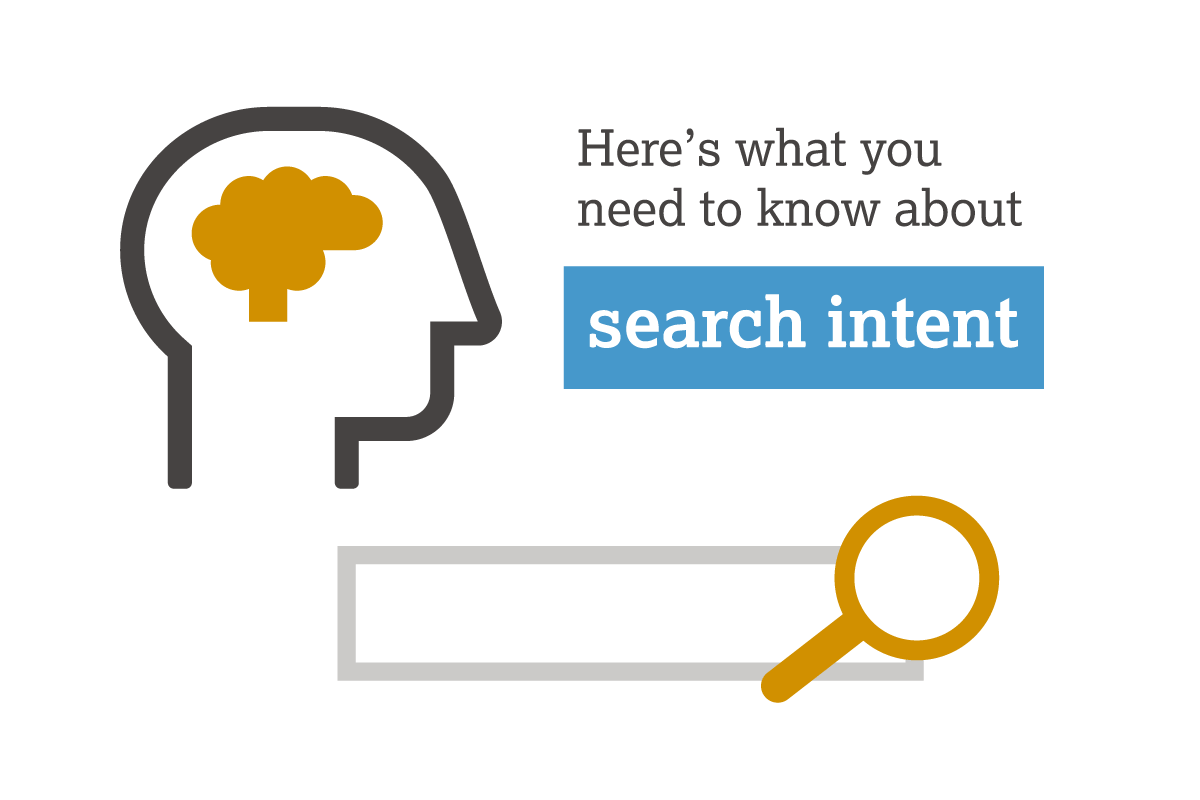Understanding Search Intent to Boost SEO Rankings & Conversions

Hopefully you’ve already optimized your website for search, but have you optimized it for search intent?
It’s a subtle difference but an important one—understanding searcher intent can improve your search rank, help you reach your target audience, and give your site visitors a better user experience.
Here’s what you need to know about search intent (also called user intent or keyword intent), how to determine the searcher intent of your target audience, and how to use that knowledge to improve your website's organic rankings and conversions.
What is Search Intent?
When someone uses a search engine to find information, they may not know exactly what terms to use to get the results they want, so there may be a discrepancy between the actual search and the desired result. Search intent is that desired result: the goal someone has when they type a query into a search engine.
For example, say someone does a Google search for “dog park.” The search term provides a general topic, but not the reason for the search. Is the searcher looking for a dog park to take their dog to today? Are they thinking of starting a dog park and looking for information on how to do it? Do they need to find laws and regulations governing dog parks? Do they simply want to know what the term means?
When the search term doesn’t tell the whole story, digging deeper to find clues to the intent behind the search helps you understand what your ideal site visitors are looking for so you can create content that matches their needs.
The Three Types of Search Intent
- Searchers with informational intent are trying to get more information about something, whether it’s a product, a process, or a concept. They might use terms like “how to,” “best way to,” or “what is.”
- People who are looking to make a purchase or transaction have transactional intent (also called commercial intent) and may use search terms like “where to buy,” “coupon,” or “deals. People that need a bit more information before making a decision may use terms like “reviews,” “vs,” and “best.”
- With navigational intent, searchers know what they want and are looking for the specific name of a brand, product, or website, like "Acme Dynamite."
How To Determine Search Intent

To identify searcher intent, take the list of keywords you’ve identified for your website and use the following method to learn more about the search intent of your target audience. (For more on how to use keywords effectively, see our blog post How Important Are Keywords for SEO?)
- Enter each of your keywords or target phrases into the Google search bar and see what appears in the search results.
- Check to see if a Google featured snippet—a snippet of text and a URL in a box—appears at the top of the search results. If not, you can aim to capture that “position zero” by optimizing your content to appear as a featured snippet.
- Has a competitor captured a higher search rank than your company for a target keyword or phrase? If so, work on creating more focused or in-depth content that does a better job of addressing that keyword and satisfying the user's intent.
- If there are no good search results, that means you can quickly reach the top of the SERP by developing quality content targeted to that specific keyword.
- Check the “People Also Ask” box to find related searches and help you get a better overall picture of what your ideal customer might want.
- Once you’ve created content that comprehensively answers questions your audience is asking via search, think about what follow-up or related questions they may have after the initial query and create content for these secondary search intents as well.
By analyzing user intent, you’ll be able to understand the motivation behind the searches that lead people to your website and create an experience that will give them exactly what they want.


